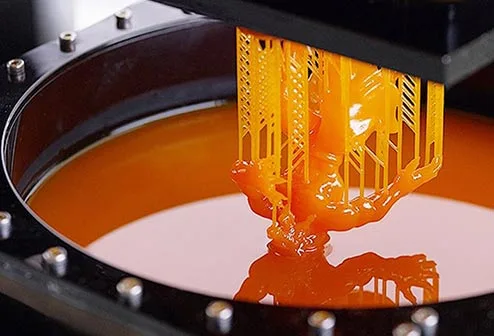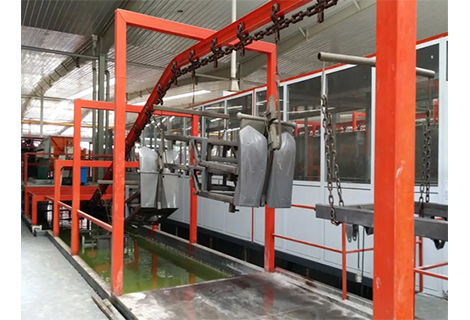CNC milling has been around for more than 50 years, but the technology continues to evolve. Recent advances have made it possible to automate the entire process, from design to finished part. These advances make the technology available for all scenarios: for large or small batches, for prototyping to finished parts - with lead times as short as one day.
So what happened to make CNC machining so available and democratize it for everyone?
To answer this question, let's first take a closer look at what CNC milling actually is and then examine how it is evolving.
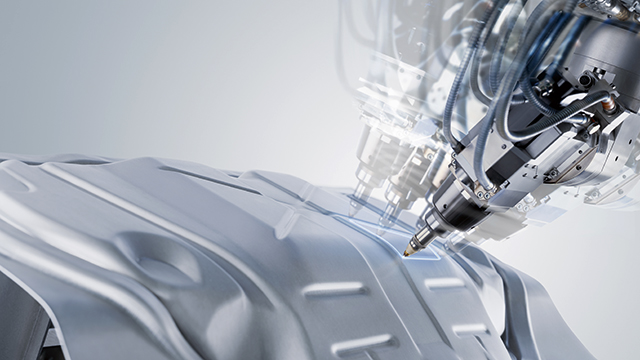
Despite the different methods of removing material, first of all, both CNC drilling and milling machines and CNC lathes each remove material to produce a part. A machining center often combines both methods and multiple tools in one machine. All have multi-axis motion functions that guide cutting tools around and through the workpiece to produce the exact shapes desired.
The fundamental difference between the two methods is that a milling machine uses a rotating tool to make cuts on a workpiece, while a lathe rotates the workpiece and the engagement is made by a tool.
Before the advent of Computer Numerical Control, or CNC, both milling machines and lathes were operated manually. As the name implies, CNC has automated this process to make it more accurate, reliable and faster.
A trained operator now programs G-codes (which stands for Geometrical Code) into the machine, often through software. These control the milling machine, each specifying travel paths and speeds so it can drill, cut and shape the material to match the specified dimensions.
There are a number of different types of CNC milling machines. The most common are 3-axis machines that move on the X, Y and Z axes to provide tooling for manufacturing in 3 dimensions. 3-axis machines are capable of producing more complex features by rotating and re-setting the workpiece to allow access from multiple angles.
In five-axis machines, this capability is optimized by two additional directional movements, rotation about the X and Y axes. It is ideal for producing complex and precise parts. The downside, however, is that using such technology can break your budget, as the complexity adds cost. Believe it or not, with 5 motion axes you can define any 3D geometry. However, it is not practical to hold the workpiece and rotate it freely in all directions. That would be machines with 6, 7 or even 12 axes. However, it is extremely unlikely that you will need such machines, unless you need extremely complex parts - because the investment is huge, as is the size of the machine!
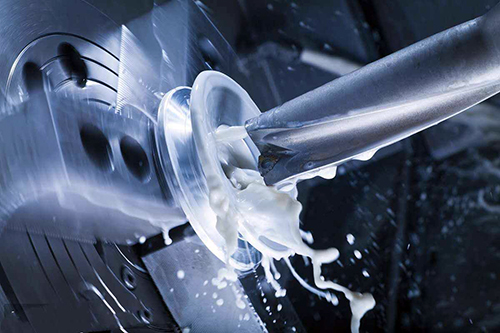
As you can see, the development of increasingly complex CNC milling machines that are bigger and more expensive to buy and require more and more expertise to operate has taken a lot of time. Even if you outsource the prototype CNC machining, the cost of that complexity will be higher as the precision machine shop need to recoup their investment. If you have an extremely complex part that requires incredible precision and is needed in large quantities, you may be able to justify the investment. For the vast majority of jobs, 3-axis or at best 5-axis machining is more than adequate.
After all, there is always more than one way to solve a problem - for example, it is usually better and cheaper to design two or more less complex parts and then bolt, weld or join them together as part of a secondary assembly process than to try to machine an extremely complex single part.
So why is there so much focus on developing new expensive and huge machines that yield less and less profit? It's a bit like Microsoft Office. Most of us use Word, but the truth is we probably only use 20 percent of what it offers. Yet Microsoft keeps adding new features, most of which we'll probably never need, use, or even know about.
Rather than making smaller and smaller incremental improvements to the process, we think it's better to improve the process itself. This is where we can make real gains.
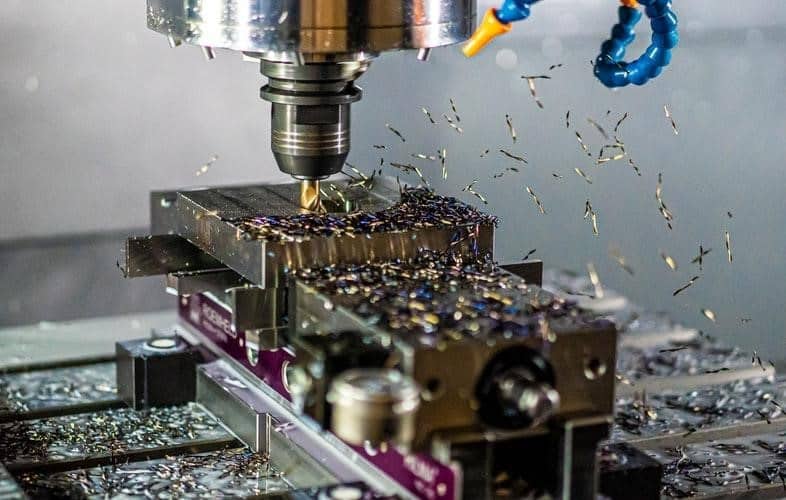
Let's go back to the beginning and examine the process of making a part.
It all starts with the designer working on his CAD system to design the part or component needed. Typically, an experienced person programs the G-code for computer-aided manufacturing (CAM).
But once the design is in place, why add another step? The good news is that you can convert your CAD to G-code with many CAD packages - but we need to go back one more step.
After you design your part, how do you know it can be manufactured using CNC machining and to the tolerances you want? Your CAD should be the digital thread that ties everything together with little or no human intervention.
After all, with Industry 4.0, we should all be living in a connected world. Much of CNC machining still depends on an experienced machinist. When you send in your design, it usually requires a human to verify that it can be manufactured using the known process. If it can't, you need to be told so you can redesign or optimize the design.
This makes the process much faster and more cost-effective, which can make a real difference for small and medium-sized jobs or for prototyping and testing new parts.
Thanks to automation, this service is the same for everyone, regardless of the size of the project. Traditional machine stores will understandably prioritize the projects that make them more money - whether due to the size of the job or the complexity of the part needed - depending on their capabilities, of course.
Automating the process levels the playing field. So, for prototyping or a small or medium number of parts needed, you still benefit from the same speed and quality of service.
Because all of this information is generated and collected from the start, we can cut and ship custom CNC machining plastic and metal parts in as little as 24 hours. If you're not quite in a hurry, you can opt for a later delivery date and reduce your costs - this way you can even set the terms yourself.
This process starts with your CAD, which means after you design your part, we have a digital thread that we can use throughout the CNC machining process - from your computer to delivery.
Automation is about more than just CNC milling and CNC turning: It encompasses everything from design onward. Therein lies the future of CNC milling. This is truly Industry 4.0 in action.
If you have any questions, drop us a line. Our application engineers are always available at +86-0755-28025755 or sales@richconn.com.cn.
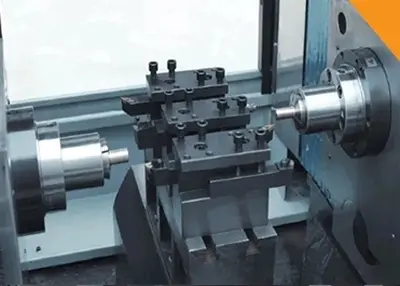 The Importance of Using CNC Processing for Medical Precision PartsDecember 30, 2022Medical device components are impacted by rising health costs and technological advancements brought about by the growing aging population. Medical equipment helps to improve the progress of basic med...view
The Importance of Using CNC Processing for Medical Precision PartsDecember 30, 2022Medical device components are impacted by rising health costs and technological advancements brought about by the growing aging population. Medical equipment helps to improve the progress of basic med...view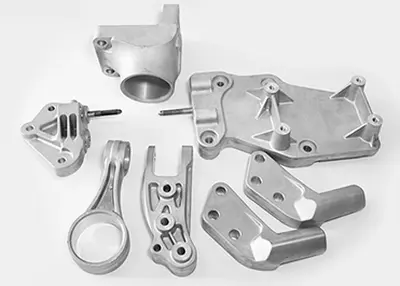 Aluminum Alloy Anodic Oxidation Common ProblemsOctober 23, 2023Anodizing is one of the most common metal surface treatment operations performed on aluminum parts. It is an electrochemical process that involves immersing aluminum parts in a series of tanks to transform the aluminum surface into a durable and corrosion-resistant finish.view
Aluminum Alloy Anodic Oxidation Common ProblemsOctober 23, 2023Anodizing is one of the most common metal surface treatment operations performed on aluminum parts. It is an electrochemical process that involves immersing aluminum parts in a series of tanks to transform the aluminum surface into a durable and corrosion-resistant finish.view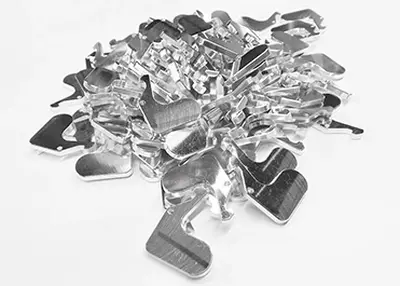 What is Tensile Strength for CNC Machining?October 25, 2023Tensile strength is a key characteristic that engineers and materials specialists must consider when designing and selecting materials for their applications. It is the maximum stress that a material can withstand before it breaks or deforms under tension.view
What is Tensile Strength for CNC Machining?October 25, 2023Tensile strength is a key characteristic that engineers and materials specialists must consider when designing and selecting materials for their applications. It is the maximum stress that a material can withstand before it breaks or deforms under tension.view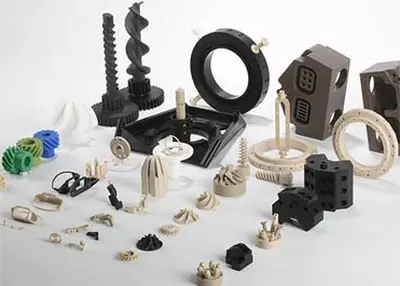 Surface Finish 101: An Overview of Plastic Surface Finish ChartSeptember 5, 2023A process that involves the use of a machine to impose characteristic irregularities on the surface of its product. Constant use tends to cause the product to wear down over time. This is usually due ...view
Surface Finish 101: An Overview of Plastic Surface Finish ChartSeptember 5, 2023A process that involves the use of a machine to impose characteristic irregularities on the surface of its product. Constant use tends to cause the product to wear down over time. This is usually due ...view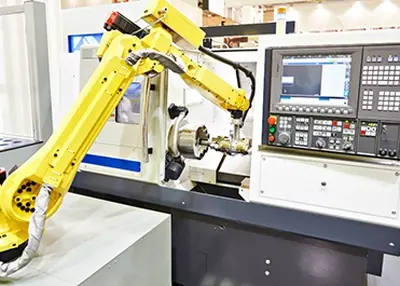 CNC Machining and AI: How Artificial Intelligence is Impacting the FieldOctober 25, 2023Artificial Intelligence is having a profound impact on CNC machining services, transforming operations and delivering many benefits. Here are some of the key areas where AI is playing a major role:view
CNC Machining and AI: How Artificial Intelligence is Impacting the FieldOctober 25, 2023Artificial Intelligence is having a profound impact on CNC machining services, transforming operations and delivering many benefits. Here are some of the key areas where AI is playing a major role:view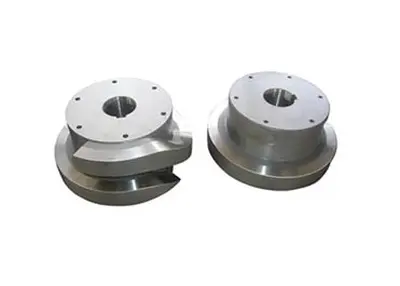 What Workpieces Are Mainly Used for 4-axis CNC Machining?August 10, 2022The continuous improvement of the automation degree of 4-axis CNC machining and the development of mechanized systems make the process scope continue to expand. 4-axis CNC machining maximizes the cont...view
What Workpieces Are Mainly Used for 4-axis CNC Machining?August 10, 2022The continuous improvement of the automation degree of 4-axis CNC machining and the development of mechanized systems make the process scope continue to expand. 4-axis CNC machining maximizes the cont...view
 EN
EN
 ru
ru 

